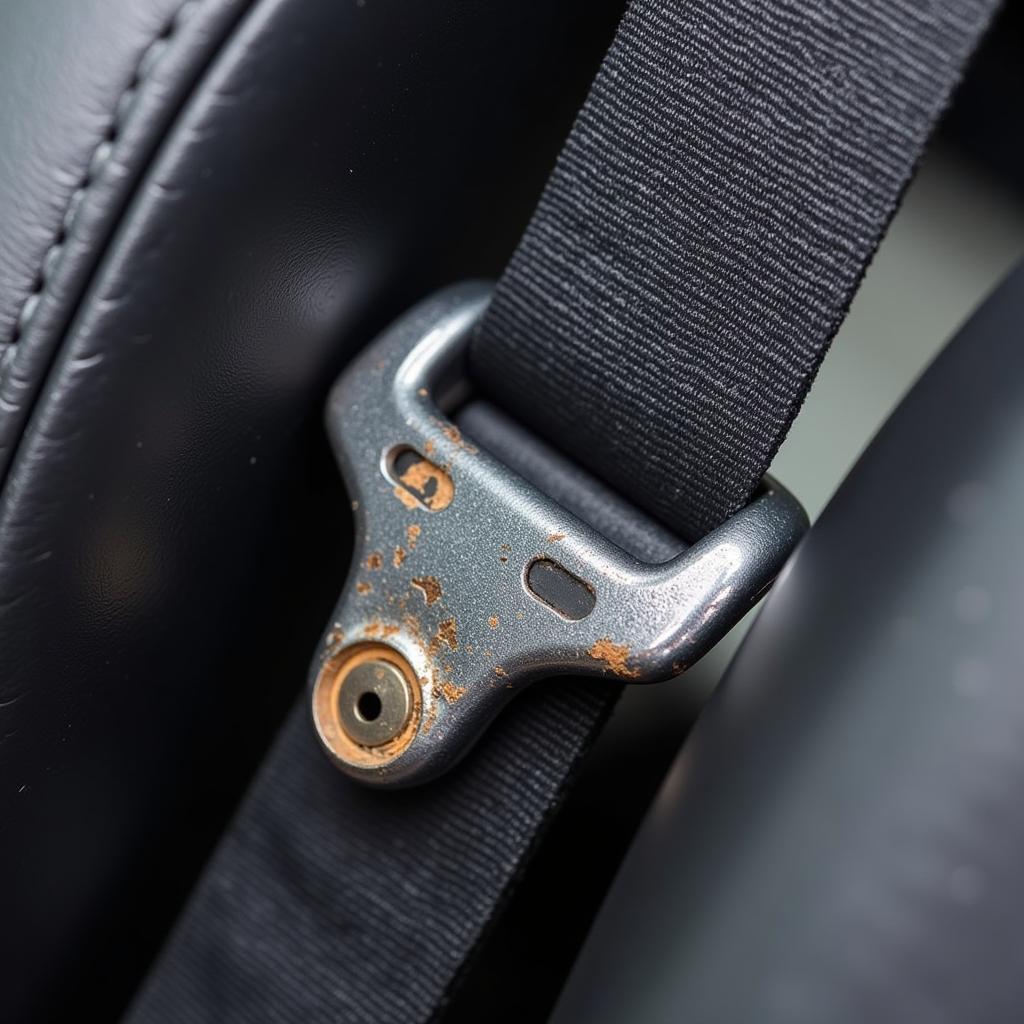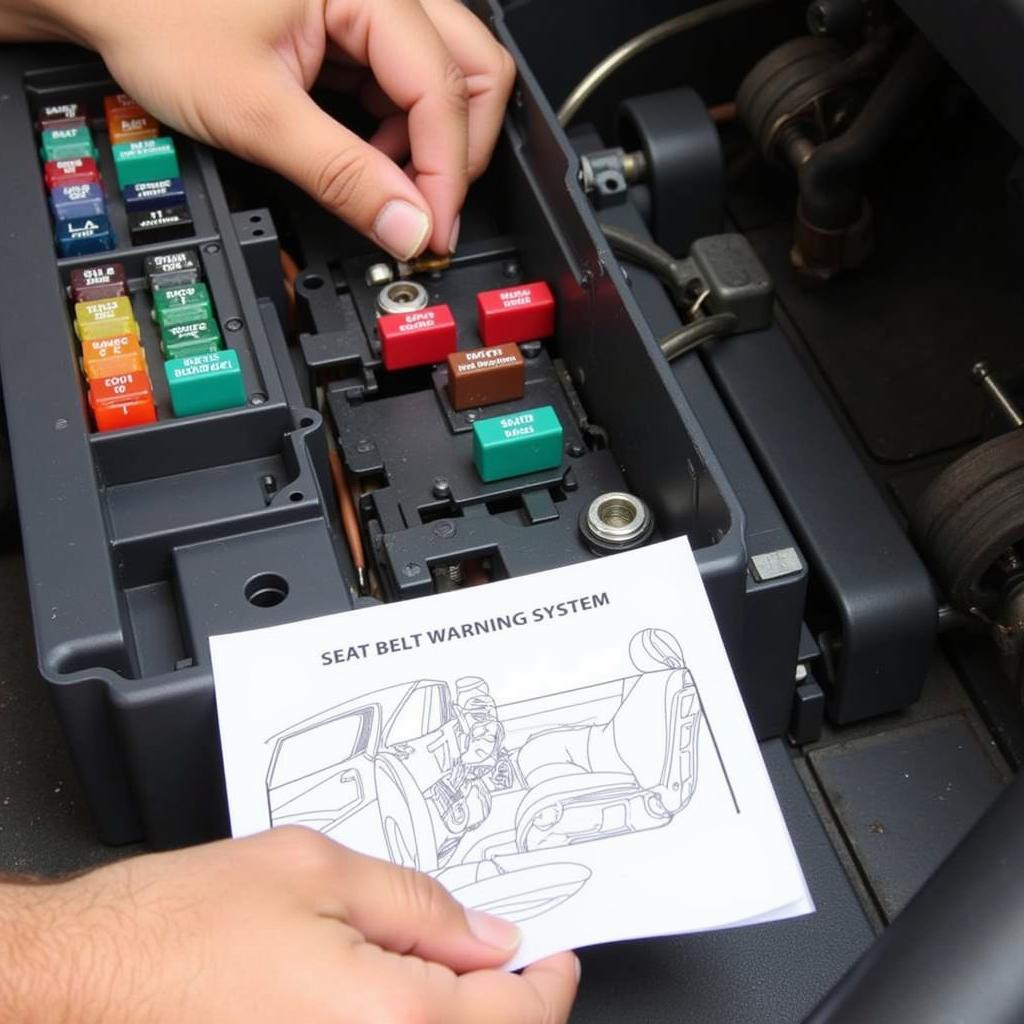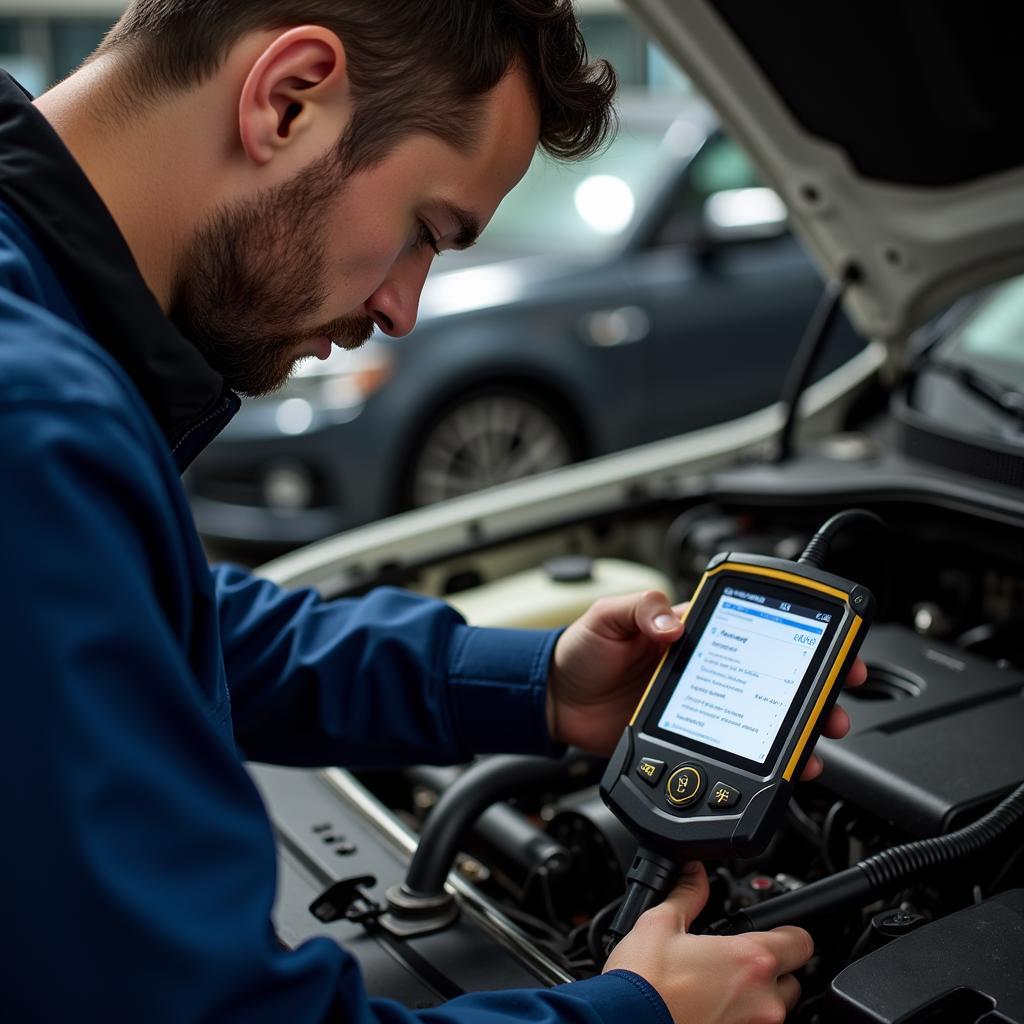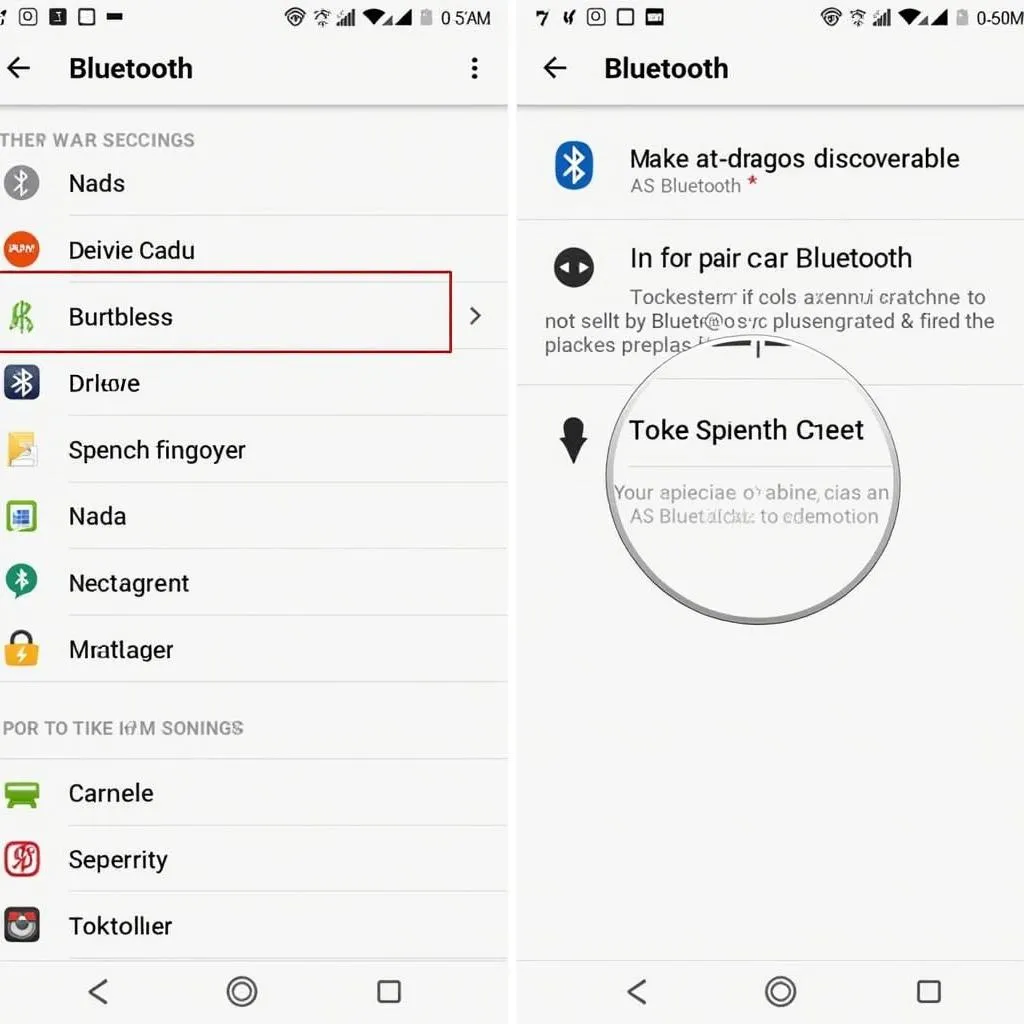One of the most important safety features in your vehicle is the seat belt warning system. It’s designed to provide an audible and visual alert if the driver or passenger’s seat belt isn’t fastened. So, it can be concerning when your seat belt warning light won’t come on when unbuckled. This issue indicates a potential malfunction within the system, putting you and your passengers at risk.
This comprehensive guide will delve into the common causes behind a faulty seat belt warning system, explore possible solutions, and provide expert insights to help you get to the root of the problem.
Understanding Your Seat Belt Warning System
Before we dive into troubleshooting, it’s crucial to understand the basics of how your seat belt warning system works. The system comprises several key components:
- Seat Belt Buckle Sensor: Located within the buckle, this sensor detects when the seat belt is fastened.
- Seat Belt Pretensioners: These devices tighten the seat belts during a collision to secure occupants firmly.
- Warning Light: Typically located on the instrument panel, this light illuminates to signal an unbuckled seat belt.
- Audible Chime: In most vehicles, a chime will sound in conjunction with the warning light.
When you start your car, the system performs a self-test, illuminating the seat belt warning light momentarily. This is perfectly normal. However, if the light stays on or doesn’t come on at all when it should, it’s time to investigate further.
Common Causes of a Malfunctioning Seat Belt Warning Light
A variety of issues can cause your seat belt warning light to malfunction. Here are some of the most prevalent:
1. Faulty Seat Belt Buckle Sensor
The buckle sensor is a prime suspect when your warning light acts up. Over time, these sensors can wear out, get damaged, or become clogged with dirt and debris, preventing them from detecting the presence of a fastened seat belt.
2. Wiring Issues
The wiring that connects the seat belt system components can become frayed, corroded, or disconnected. This disruption in the electrical circuit can lead to a malfunctioning warning light.
3. Damaged Seat Belt Pretensioner
In some cases, a damaged or faulty seat belt pretensioner can affect the entire warning system. The pretensioner contains sensors that communicate with the warning light. If these sensors malfunction, it can disrupt the system’s functionality.
4. Software Glitches
Modern vehicles heavily rely on software to control various systems, including safety features. A software glitch within the seat belt warning system can lead to unpredictable behavior, such as a non-responsive warning light.
 Faulty Seat Belt Buckle
Faulty Seat Belt Buckle
Troubleshooting Steps
If you suspect your seat belt warning light isn’t functioning correctly, here’s a step-by-step guide to help you troubleshoot the issue:
-
Check the Obvious: Before diving into complex diagnostics, make sure the seat belt is properly fastened. It might seem obvious, but sometimes the simplest solution is the right one.
-
Inspect the Buckle: Examine the seat belt buckle for any visible signs of damage, dirt, or debris. Try cleaning the buckle with compressed air or a cotton swab and see if that resolves the issue.
-
Listen for the Chime: Pay attention to whether the audible chime functions correctly when you start the vehicle and when you unbuckle your seat belt. If you hear the chime but the light doesn’t illuminate, the issue might lie with the warning light itself.
-
Check the Fuses: Consult your vehicle’s owner’s manual to locate the fuse box and identify the fuse associated with the seat belt warning system. Inspect the fuse for any signs of a blown fuse, such as a broken wire or a dark discoloration.
 Checking the Vehicle's Fuse Box
Checking the Vehicle's Fuse Box
- Scan for Diagnostic Trouble Codes: If the basic checks don’t reveal the culprit, it’s time to delve deeper. Most modern vehicles store diagnostic trouble codes (DTCs) when a system malfunctions. You can use an OBD-II scanner, a handheld device that plugs into your vehicle’s diagnostic port, to read these codes. DTCs provide valuable clues about the nature of the problem.
“It’s important to note that while a DIY approach to troubleshooting can be helpful, it’s always recommended to consult with a qualified mechanic or automotive electrician for complex electrical or safety-related issues,” says John Smith, Senior Automotive Electrician at XYZ Auto Services. “They have the expertise and specialized equipment to diagnose and repair these problems effectively.”
When to Seek Professional Help
While some seat belt warning light issues can be resolved with basic troubleshooting, others require professional attention. If you encounter any of the following, it’s best to seek help from a qualified mechanic:
- You suspect a problem with the seat belt pretensioners.
- You’re uncomfortable working with electrical components.
- You’ve tried the troubleshooting steps, but the issue persists.
- You’re unsure about interpreting diagnostic trouble codes.
 Mechanic Diagnosing Car Issue
Mechanic Diagnosing Car Issue
Conclusion
A functioning seat belt warning system is crucial for the safety of you and your passengers. Addressing any issues promptly can help ensure this critical safety feature operates as intended. By understanding the potential causes, following the troubleshooting steps, and knowing when to call in the professionals, you can keep your seat belt warning system in top condition and enjoy peace of mind on the road.

